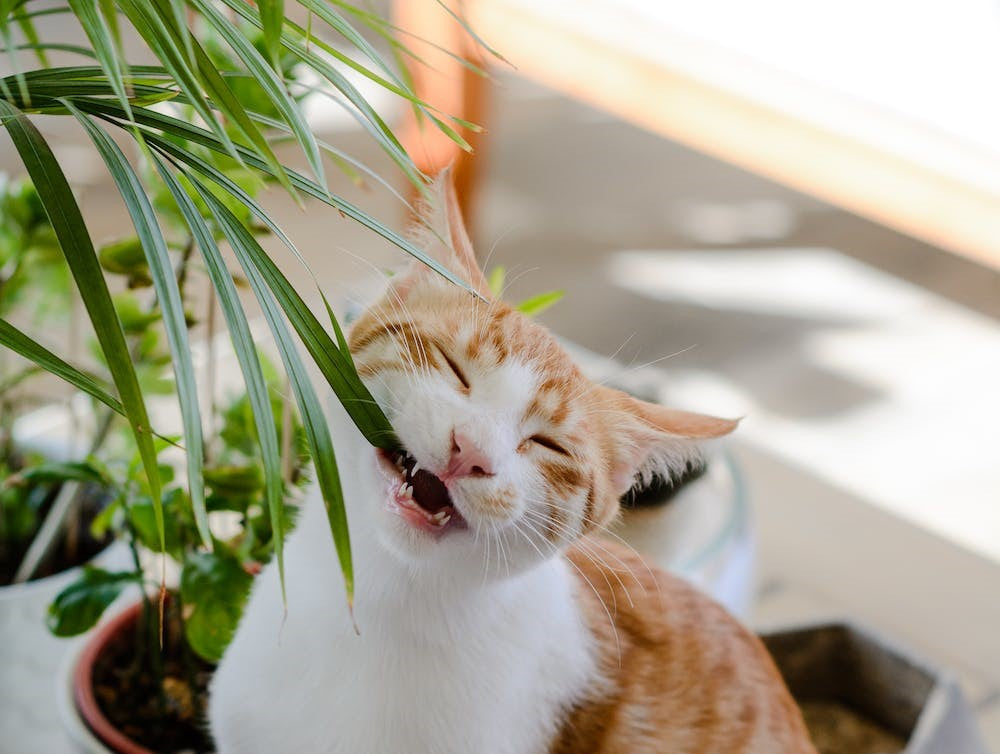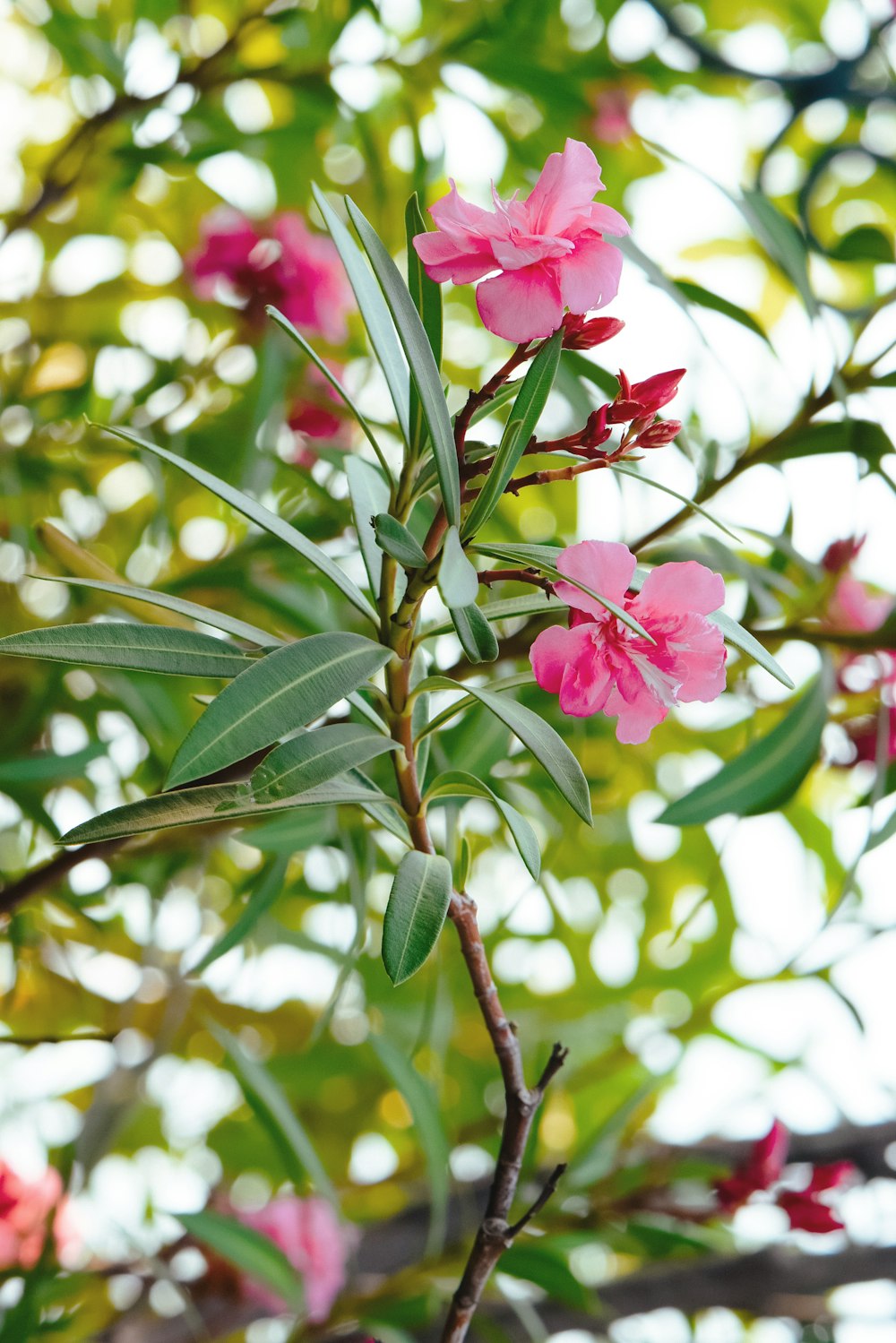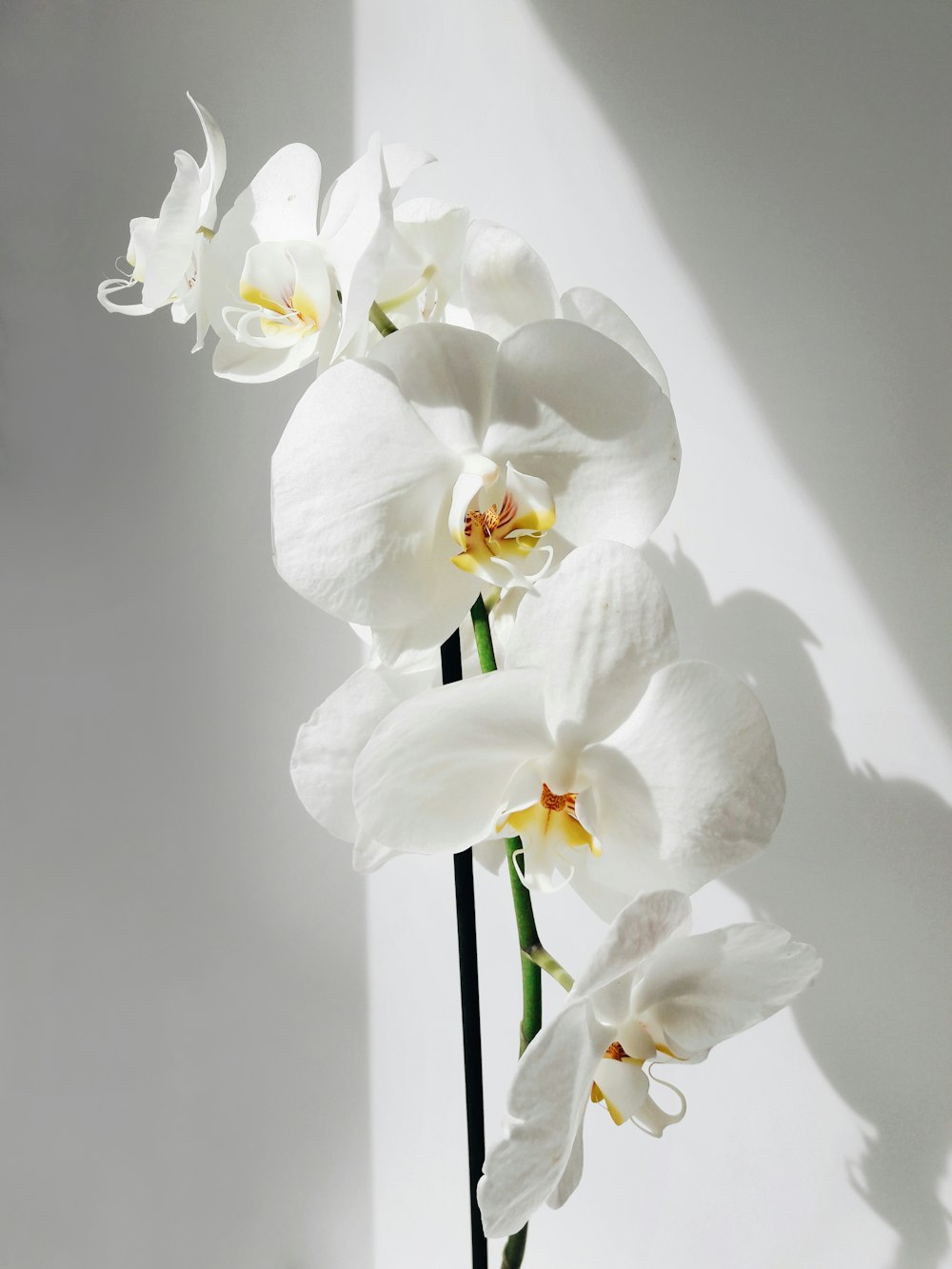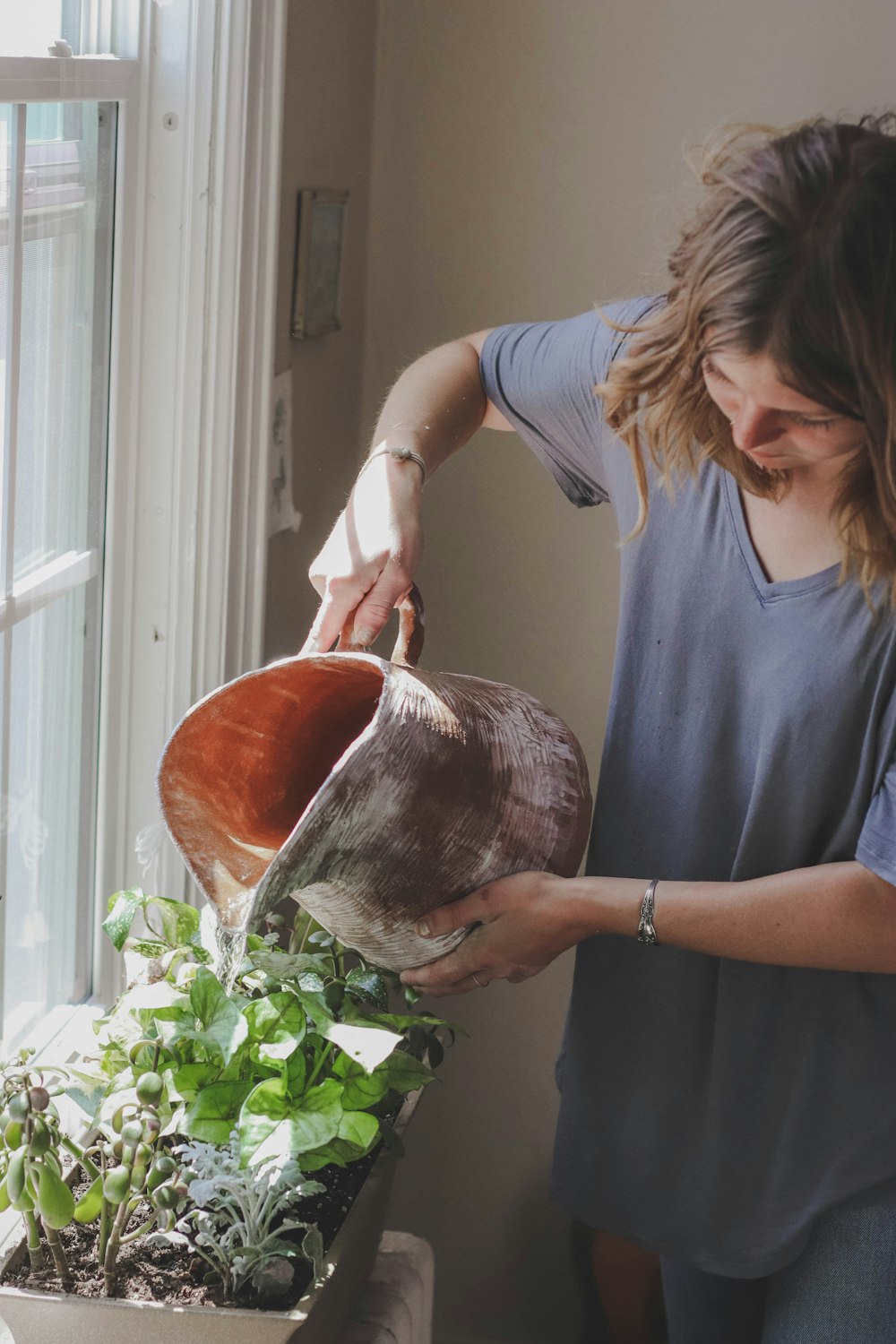Any plant parent will tell you that one of the easiest ways to make a house a home is by introducing plants to it. For pet owners, however, the plant selection process goes one step beyond assessing light and humidity needs. Plants and pets are bound to coincide eventually when put in a household together and they don’t always blend seamlessly.
Certain plants, many that are common in the houseplant community, can be extremely toxic to pets.
Understanding which plants are pet-friendly and which are dangerous can potentially be lifesaving and save you and your furry friend from a trip to the vet.
To help you navigate the pet-safe-plant waters, we’ve brought together a list of common houseplants that are safe for your pet to take an occasional nibble on and and a list of those that should absolutely be out of reach of your furry friend.
10 Common Plants That Are Toxic to Pets:
1. Lilies

As beautiful of an addition to the house as any lily is, they are known to be one of the most harmful houseplants to cats. Even just licking some of the pollen from a lily off their paws can lead to liver failure or death.
2. Philodendron

Not only are philodendrons beautiful, but they are one of the easiest houseplants to care for. They also happen to contain high levels of calcium oxalate crystals. If ingested, this can cause burns in your pet’s mouth, excessive drooling or vomiting.
3. Pothos
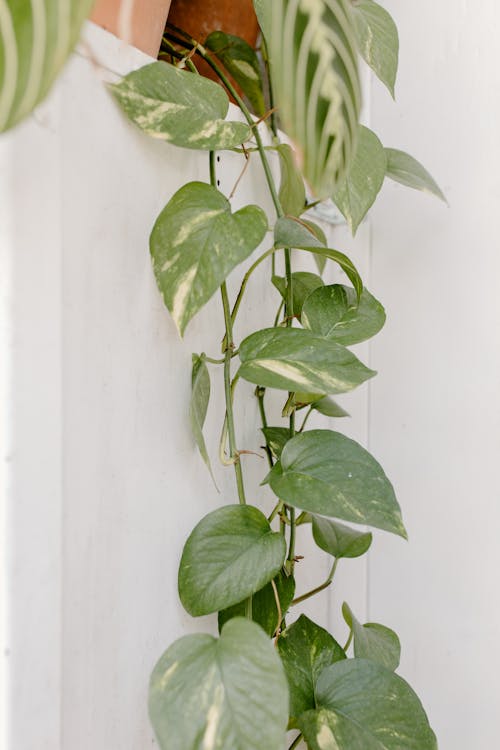
Relatively easy to care for and propagate, the pothos is an attractive choice for any plant lover. But when chewed on or ingested, it can cause your pet serious irritation and swelling of the oral tissues and gastrointestinal tract.
4. Aloe
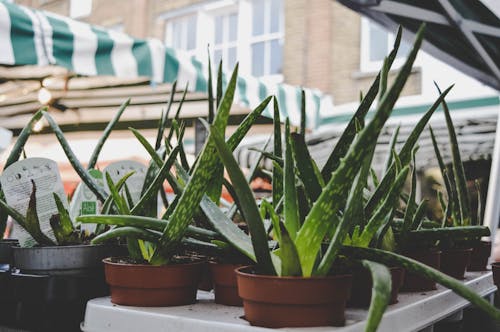
Aloe is a very multi-purpose and medicinal plant that can easily be grown indoors, so it’s common to have them in a plant pot around the house. When chewed on, this plant can lead to vomiting, diarrhea and lethargy.
5. Oleander
The entirety of the oleander plant is considered toxic, as they have cardiac glycosides. When eaten by a pet, this can cause excessive drooling, abdominal pain, diarrhea, abnormal heart function and even death.
6. Jade Plant

Also known as the money plant or lucky plant, the jade plant is thought to symbolize good fortune. But very unfortunately, this plant can cause depression, vomiting and loss of balance in your pets if chewed on or ingested.
7. Sago Palm

Every part of the ornamental sago palm is highly toxic to pets. Containing cycasin, the plant can cause severe liver failure after only a few days if ingestion that can be fatal if left untreated. The seeds or “nuts” of the plant consist of the highest toxin concentration.
8. Chrysanthemum

These are breathtaking fall flowering plants and a pleasure to look at whenever you’re at home. But, they contain toxic pyrethrins that when ingested cause vomiting and incoordination in your pets.
9. English Ivy

These climbing vines can help any plant lover unlock a new level of stunning plant decor. It is also rich with triterpenoid saponins, which when ingested by pets, causes abdominal pain, vomiting, diarrhea and hypersalivation.
10. Asparagus Fern
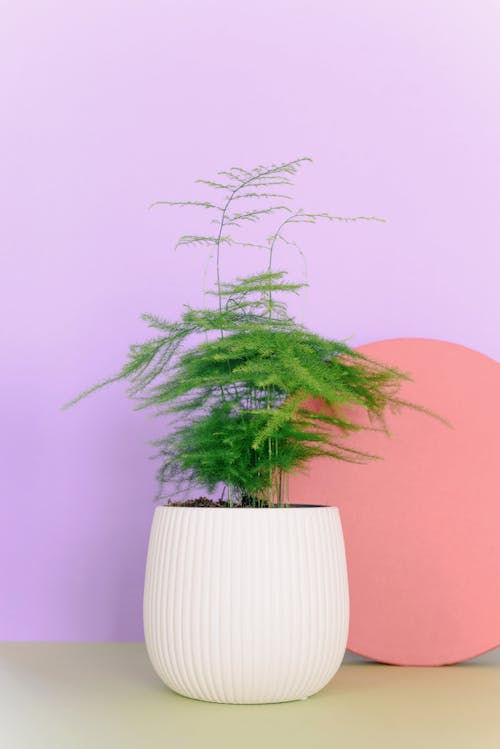
These feathery-leaved and durable plants are frequently put in hanging pots. This is highly encouraged if you have pets, because they will suffer from skin irritation if they brush up against this plant. If they eat the berries, this can lead to vomiting and diarrhea.
10 Common Plants That Are Pet-Friendly:
1. Spider Plant

Spider plants are easy to grow indoors, resilient and known to be great air purifiers. They prefer indirect sunlight, as their leaves get easily scorched in the sun. They thrive in 60--80 degree Fahrenheit temperatures.
2. Polka Dot Plant

The exotic polka dot plant (Hypoestes phyllostachya) is a wonderful and safe way to bring some life and color into your house. They do well in bright, indirect sunlight with a moderate amount of water in their soil around the clock. Keeping them in a temperature of about 70--80 degrees Fahrenheit will keep them healthy and happy.
3. African Violet

These stunning, colorful flowers will bloom gorgeously inside in indirect sunlight so long as they aren’t near a drafty window or vent. They can bloom year round, so they should be fed and watered regularly and kept in temperatures around 68--77 degrees F as adult plants.
4. Orchid
The glorious orchid holds a delightful presence indoors, and any of your fur babies will agree. These vivacious plants are completely safe to have around your pets. They do best receiving partial sunlight and require watering once a week in the winter, and twice a week as it gets hotter out.
5. Herbs
Certain herbs such as basil, rosemary and thyme are safe if snacked upon by your pets, and they’re also a great snack for you, too! This makes them wonderful plants to keep around the house. They thrive in direct light, making them perfect to keep in a window sill.
6. Prayer Plant
Versatile with uniquely patterned leaves, the prayer plant is a gorgeous and pet-safe plant to introduce into your home. Plant care can vary from plant to plant depending on what type of prayer plant you have. But, they generally prefer a temperature ranging from 65--85 degrees F kept in bright indirect lighting.
7. (Most) Succulents

One of the most popular countertop and desktop plants to keep are succulents. Echeveria, haworthia and hardy sedum are a few of the best options for plant owners. Succulents are very manageable, only needing a light watering every two weeks or so and plenty of direct sunlight.
8. Rattlesnake Plant
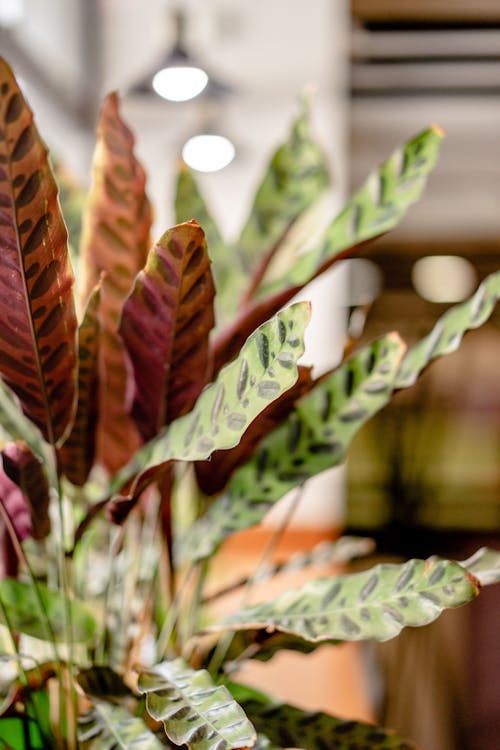
Rattlesnake plants bring liveliness into a home with the unique shape of their leaves. They can grow in a low-light room and will require water with the top layer of their soil is dry to the touch. An ideal temperature for these plants ranges from 70--80 degrees F.
9. Parlor Palm
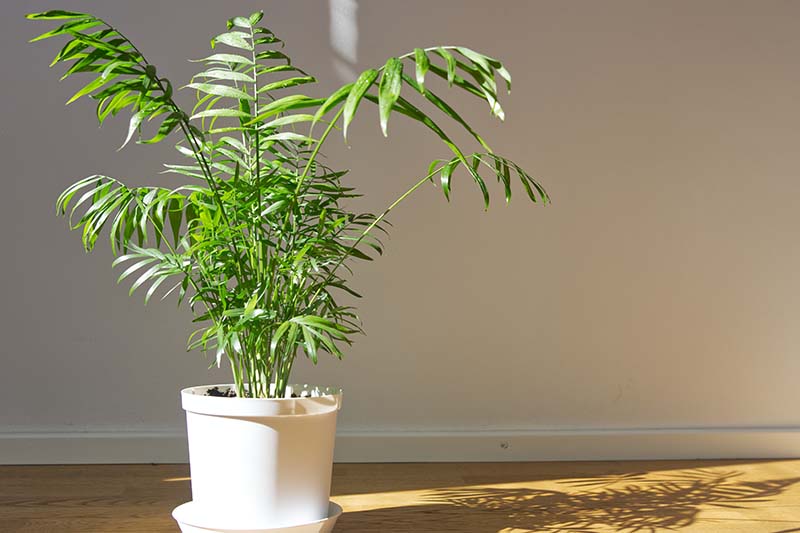
These natural slow growers take a few years to reach around 4 feet tall. They're great to keep in the coroner of a room and only need a few hours of indirect light per day. For the best results, these plants should live in soil that is regularly kept moist.
10. Calathea Orbifolia
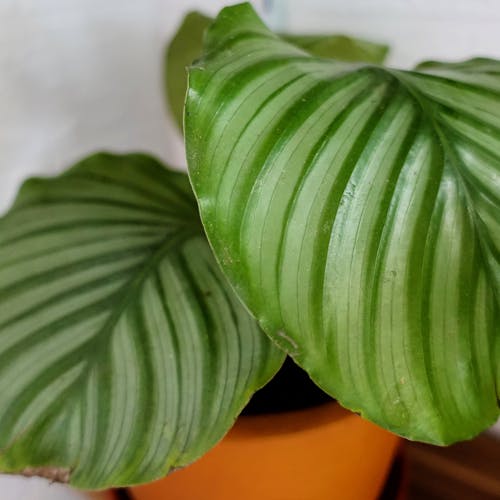
The intriguing leaves on a calathea orbifolia matched with their need for partial shade make it a stunner on a bedroom shelf or table. Not to mention, you won’t have to worry if your pets take interest in them, too! They prefer to be in a room with a temperature of around 60--80 degrees F and kept on a consistent watering schedule of every week or two. Humidifier or receiving a regular misting will also provide these plants for the humidity they crave.
Plants that are safe for pets:
https://www.architecturaldigest.com/story/pet-friendly-houseplants
https://www.livelyroot.com/collections/pet-friendly-plants
https://www.countryliving.com/gardening/g39357836/houseplants-safe-for-cat-dog/
https://mountaincrestgardens.com/blog/succulents-for-cats-dogs-safe-or-toxic/
Plants that are toxic for pets:
https://vcahospitals.com/shop/articles/top-10-toxic-household-plants-for-pets
https://www.aspcapro.org/resource/17-plants-poisonous-pets
https://www.aspca.org/pet-care/animal-poison-control/toxic-and-non-toxic-plants

